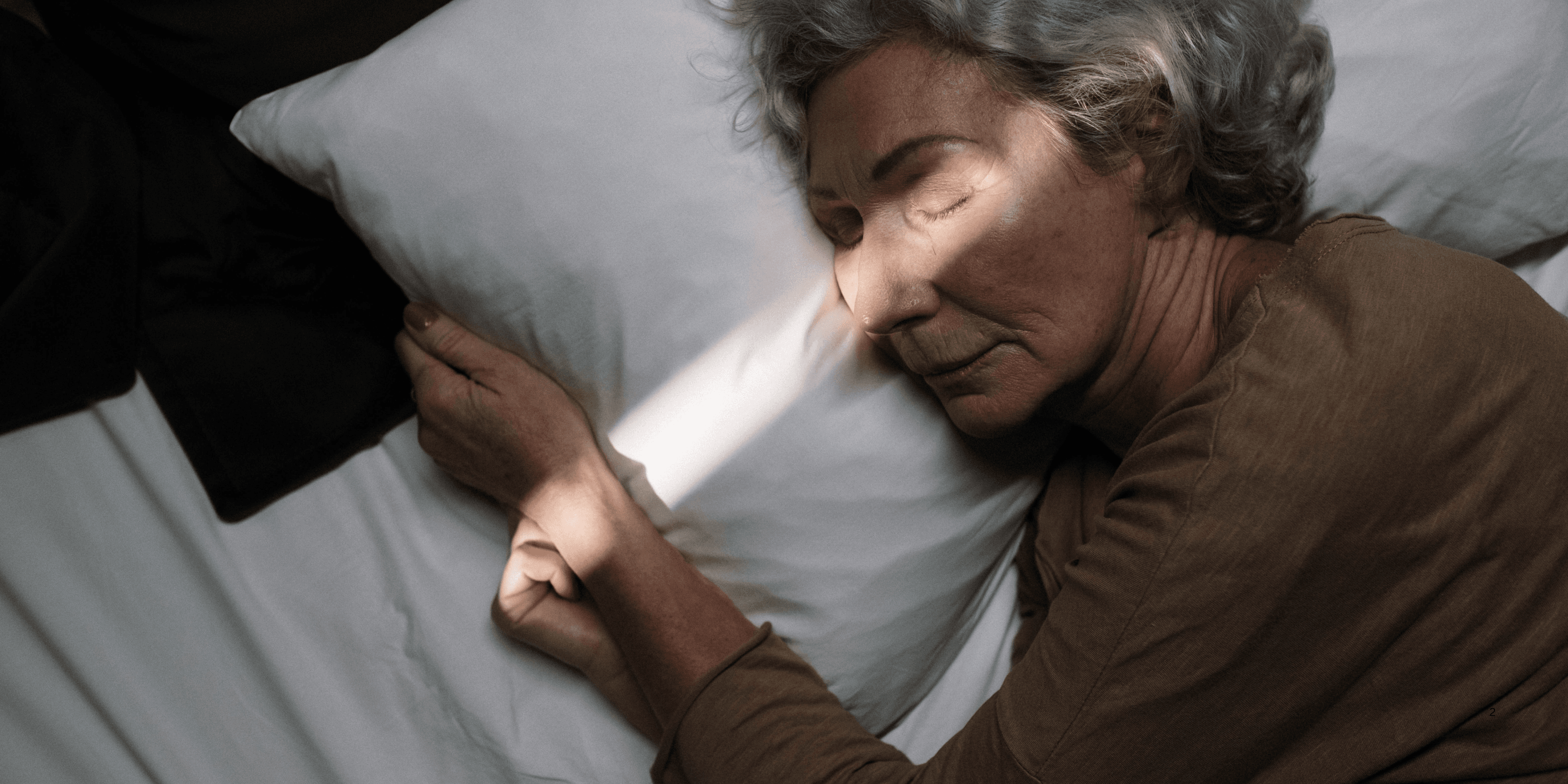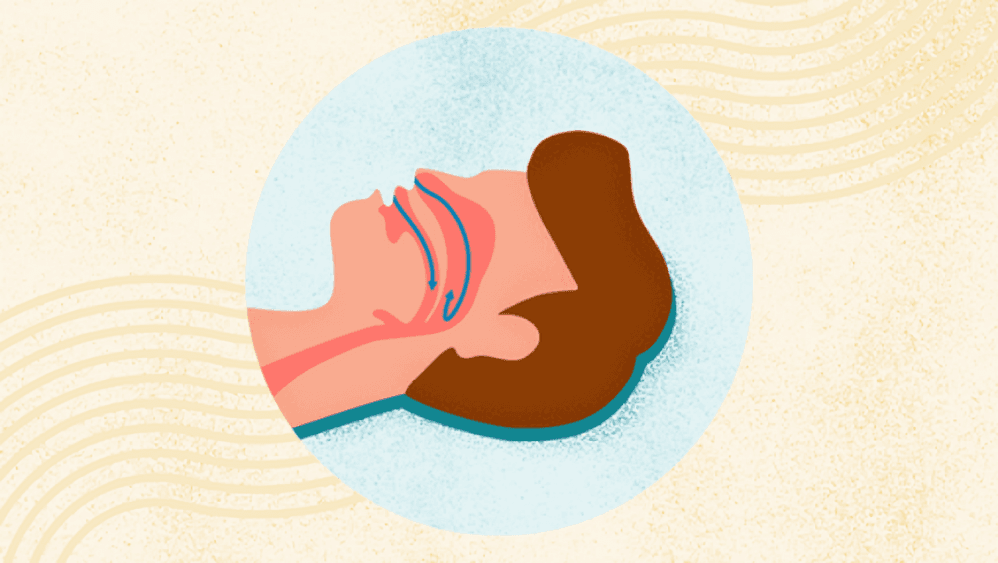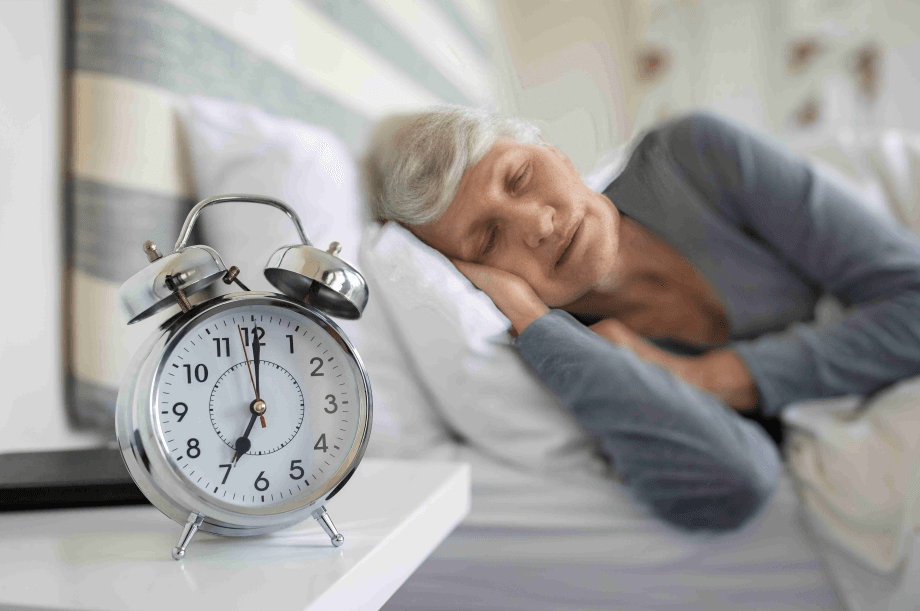
“
Managing sleep apnea & other sleep disorders is essential for maintaining overall health, mental clarity, and daily energy levels. With advancements in medicine and sleep science, it’s possible to manage these conditions through structured interventions, habits, and medical technologies. 1
1
”
Ancient Greek physician Galen believed restful sleep rebalanced the body’s “humors.” Today, physicians echo this, urging early diagnosis of sleep apnea to prevent heart disease and mood disorders. 1
Continuous Positive Airway Pressure (CPAP) therapy is the gold standard for moderate to severe obstructive sleep apnea and can reduce snoring, daytime fatigue, and high blood pressure. 2

Central sleep apnea is brain-related, where breathing signals fail, unlike obstructive apnea. It often requires treatments like ASV machines or oxygen therapy for effective management.
Losing just 10% of body weight can drastically reduce the severity of obstructive sleep apnea symptoms by decreasing fat buildup around the throat, improving airflow during nighttime breathing. 3
People with untreated sleep apnea have a higher risk of developing type 2 diabetes, as repeated oxygen drops during sleep can affect insulin resistance and metabolic hormone regulation. 4
Cognitive Behavioral Therapy for Insomnia (CBT-I) is more effective in the long term than sleeping pills and treats the underlying psychological triggers behind chronic insomnia. 5
Blue light from screens delays melatonin production and disrupts the circadian rhythm. Limiting device use one hour before bed can improve sleep quality, especially in insomnia sufferers. 6
Narcolepsy is not laziness—it’s a neurological disorder affecting the brain's ability to regulate sleep-wake cycles, often misdiagnosed for years, and best managed through medication and lifestyle adjustments. 7

Shift work sleep disorder affects people working irregular hours by misaligning their internal clock with sleep opportunities. Light therapy and scheduled naps help manage alertness and fatigue.
Mouth and throat exercises—called oropharyngeal exercises—can tone airway muscles and mild sleep apnea, serving as a non-invasive complement or alternative to mechanical therapies. 8
Children can suffer from sleep apnea too, often due to enlarged tonsils or adenoids. Behavioral changes, school problems, and bedwetting can be warning signs needing pediatric evaluation. 9
Sleep apnea can suppress REM sleep—the deepest, most restorative phase—leading to poor memory consolidation, weakened immunity, and chronic fatigue unless treatment restores balanced sleep cycles. 10
Women with sleep disorders often go undiagnosed because their symptoms—like fatigue, anxiety, or insomnia—are subtler than men’s typical snoring or gasping, leading to misdiagnosis. 11
Sleeping on your side instead of your back reduces apnea episodes by preventing the tongue from blocking the airway—simple positional therapy can bring noticeable improvements in some individuals. 12
Melatonin supplements may help reset the circadian rhythm in those with delayed sleep phase disorder or jet lag but are less effective for sleep apnea, which requires airway-focused interventions. 13

Certain foods, especially spicy, fatty, or sugary options, can disrupt sleep cycles and worsen reflux—a common issue in people with apnea. Eating light, early dinners improves sleep for many.
Sleep apnea in pregnant women increases the risk of complications like preeclampsia and low birth weight, making screening and treatment vital for the health of both mother and baby. 14
Snoring doesn’t always mean sleep apnea, but loud, frequent snoring paired with choking or fatigue deserves investigation. Home sleep tests or in-lab studies are reliable diagnostic tools. 15
People with untreated sleep disorders are more prone to traffic accidents due to excessive daytime sleepiness, making treatment not only a personal health priority but also a public safety measure. 16
Swiss psychiatrist Carl Jung described sleep as “the nourishing root of the soul,” and modern medicine supports this idea—managing sleep disorders strengthens mental resilience and emotional balance. 17


